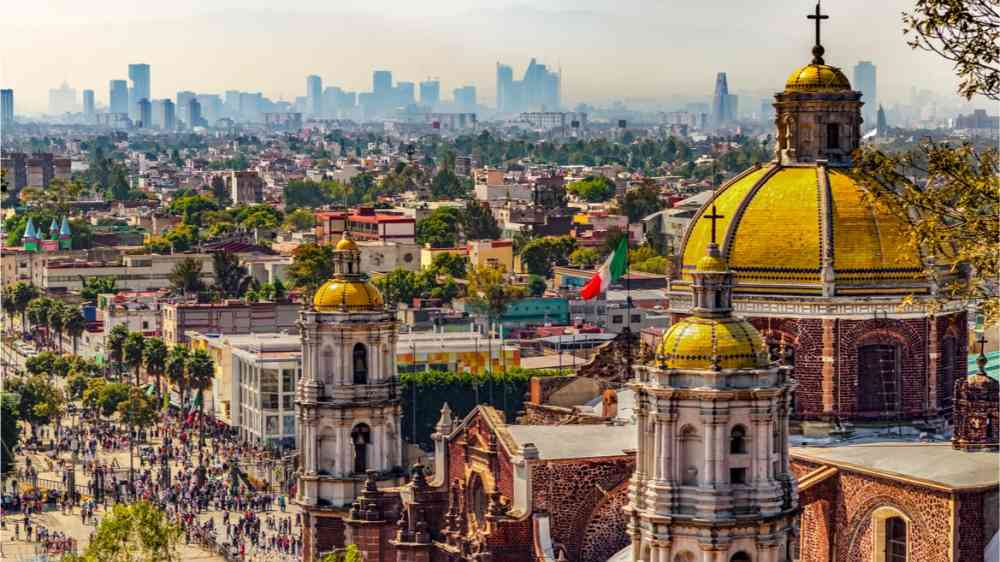Mexico: The National Risk Atlas and its potential for disaster risk reduction

The National Risk Atlas (NRA) is an information system that allows the identification of hazards caused by natural and man-made phenomena that could impact Mexico, as well as risk scenarios to which the population, its assets, and its infrastructure could be exposed. It is an instrument that provides useful information about the territory (hydrography, orography, land use), natural resources (protected natural areas, biosphere reserves), public infrastructure (roads, hospitals, schools, dams, power plants), productive activities (agricultural, forestry, industries) and the population (number of inhabitants, ethnic origin, housing, degree of backwardness).
The NRA is an important tool at the municipal, state and federal levels. It promotes territorial planning and urban development; emergency care; the design of preventive and mitigation measures; and the management of reconstruction actions after a disaster. It also supports the correct location of major works, guides investments, guides measures for disaster prevention, and in general assists in the design of public policies and decision-making in terms of comprehensive risk management. It focuses on disaster risk reduction, the preservation of human lives, the optimization of economic resources, and care of infrastructure.
The Mexican Government institution that is responsible for operating and updating the NRA is the National Center for Disaster Prevention (CENAPRED). CENAPRED has spent more than 10 years working on the development of the NRA and integrating information from public and private institutions, academia, and civil society. It also integrates state and local atlases created by authorities at all levels. The National Atlas offers this information to public officials and to the population in a public, free, and freely accessible manner.
The NRA includes maps, databases, files, and charts. Its operation involves a technical team specialized in processing geographic information, alongside people with knowledge of programming codes to generate the tools, as well as qualified staff to manage the website. The system currently integrates more than 11,000 layers of information for public consultation.
Using data on hazards, vulnerability and risk, it is possible to develop scenarios and predict damage, to issue recommendations for timely decision-making, and to design prevention and mitigation measures. It also offers tools to monitor natural phenomena in real time – such as the occurrence of tropical cyclones, forest fires, active volcanoes, wind intensity and cloudiness.

The NRA classifies the following types of phenomena: geological (earthquakes, eruptions, volcanoes, tsunamis, slope instability and subsidence); hydro meteorological (tropical cyclones, extreme rains, floods, heat waves, snow storms and hail); chemical-technological (fires, explosions, leaks and spills); sanitary-ecological (epidemics, pests and air, water and soil contamination); and socio-organizational (traffic accidents, suspension of critical services, massive concentrations of people).
It is a key tool for the operation of the National Emergency Committee, a body that coordinates responses to diverse events with a high impact potential in Mexico – such as the magnitude 7.1 earthquake that occurred on September 19th, 2017, floods caused by tropical cyclones, as well as large-scale forest fires in the north of the country.
To learn and use the National Risk Atlas, please access the following webpage: www.atlasnacionalderiesgos.gob.mx.

MIKTA is a diverse and cross-regional grouping of powers that brings together Mexico, Indonesia, the Republic of Korea, Turkey and Australia. Given the growing challenges our planet is faced with, including disasters from droughts, desertification, loss of biodiversity, food shortages, water scarcity, wildfires, and sea-level rise, MIKTA has reiterated its commitment to investing more in research, innovation and infrastructure to strengthen environmental sustainability, adaptation, and resilience against the adverse effects of climate change and disaster risks. In line with this commitment, MIKTA undertakes a joint advocacy campaign highlighting the triple benefits of investing in prevention to accelerate disaster risk reduction, protect development gains and build resilient communities.
The campaign promotes diverse local and regional examples of efforts by the MIKTA members to strengthen disaster risk resilience through investing in prevention. Through sharing of experiences and good practice, the campaign aims to strengthen global adaptation and resilience efforts and build global consensus around the need to accelerate disaster risk reduction efforts.
This article is part of a series of impact stories to generate ideas and solutions in line with the overarching and main themes identified for GP2022.